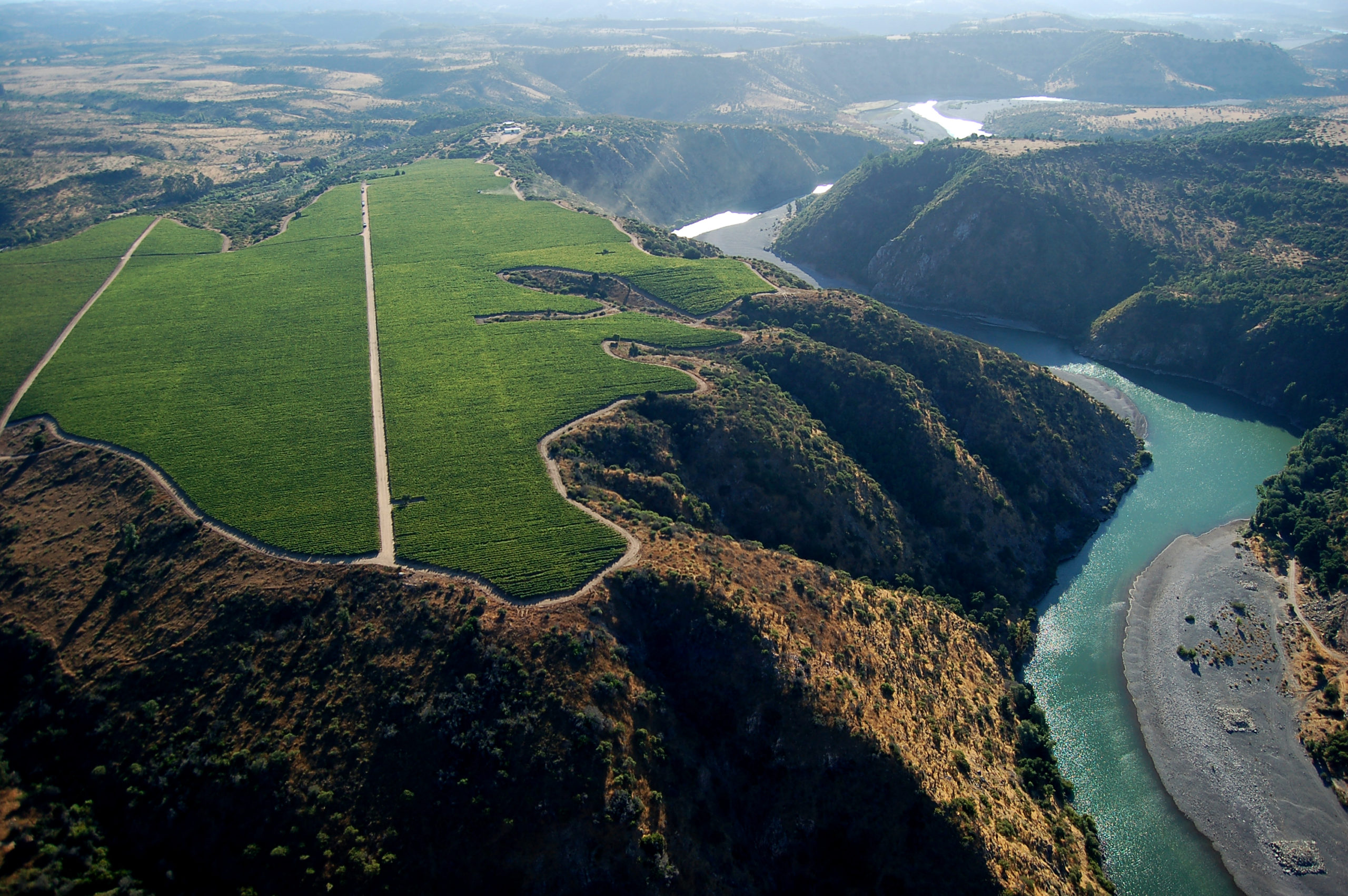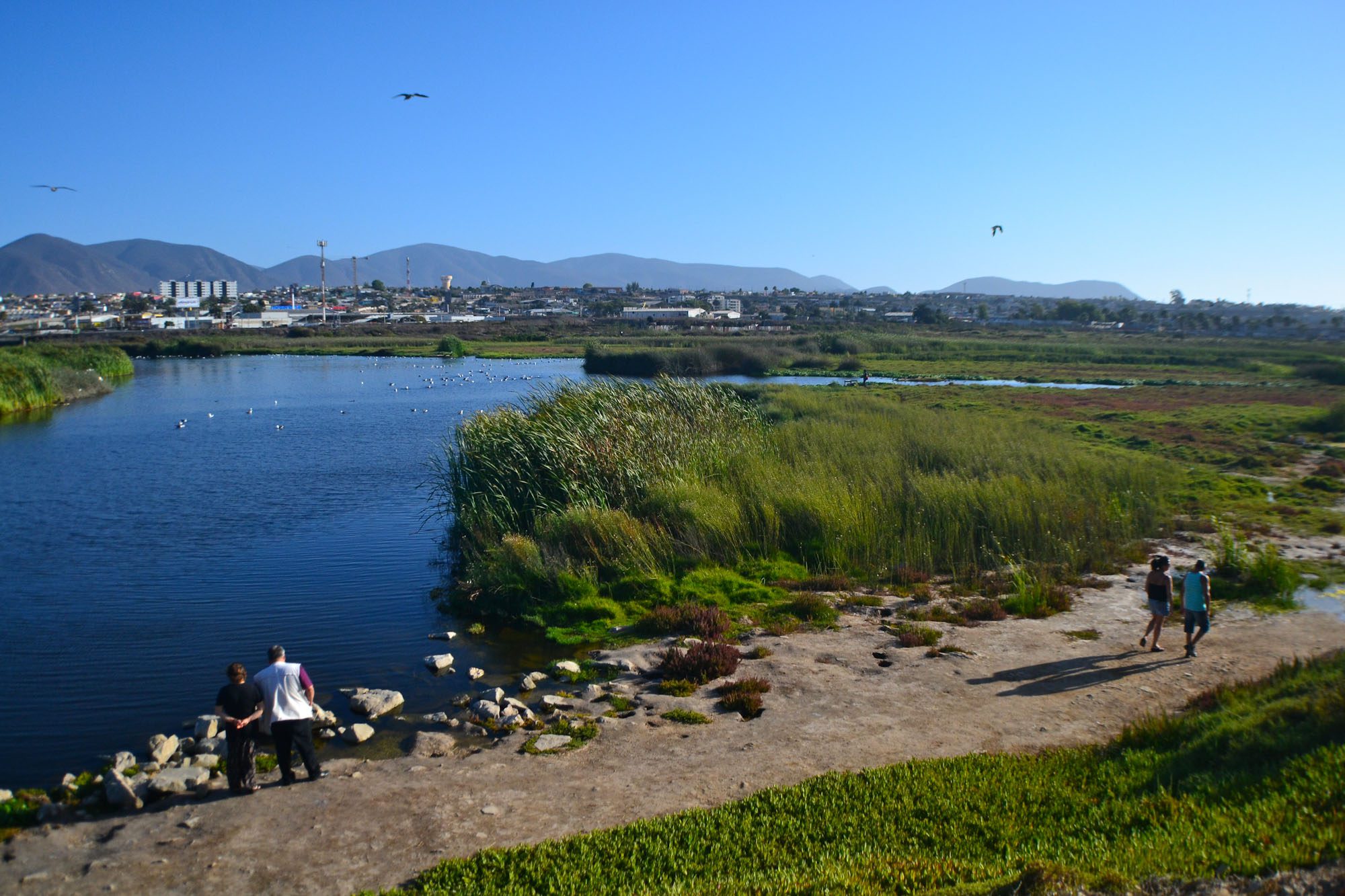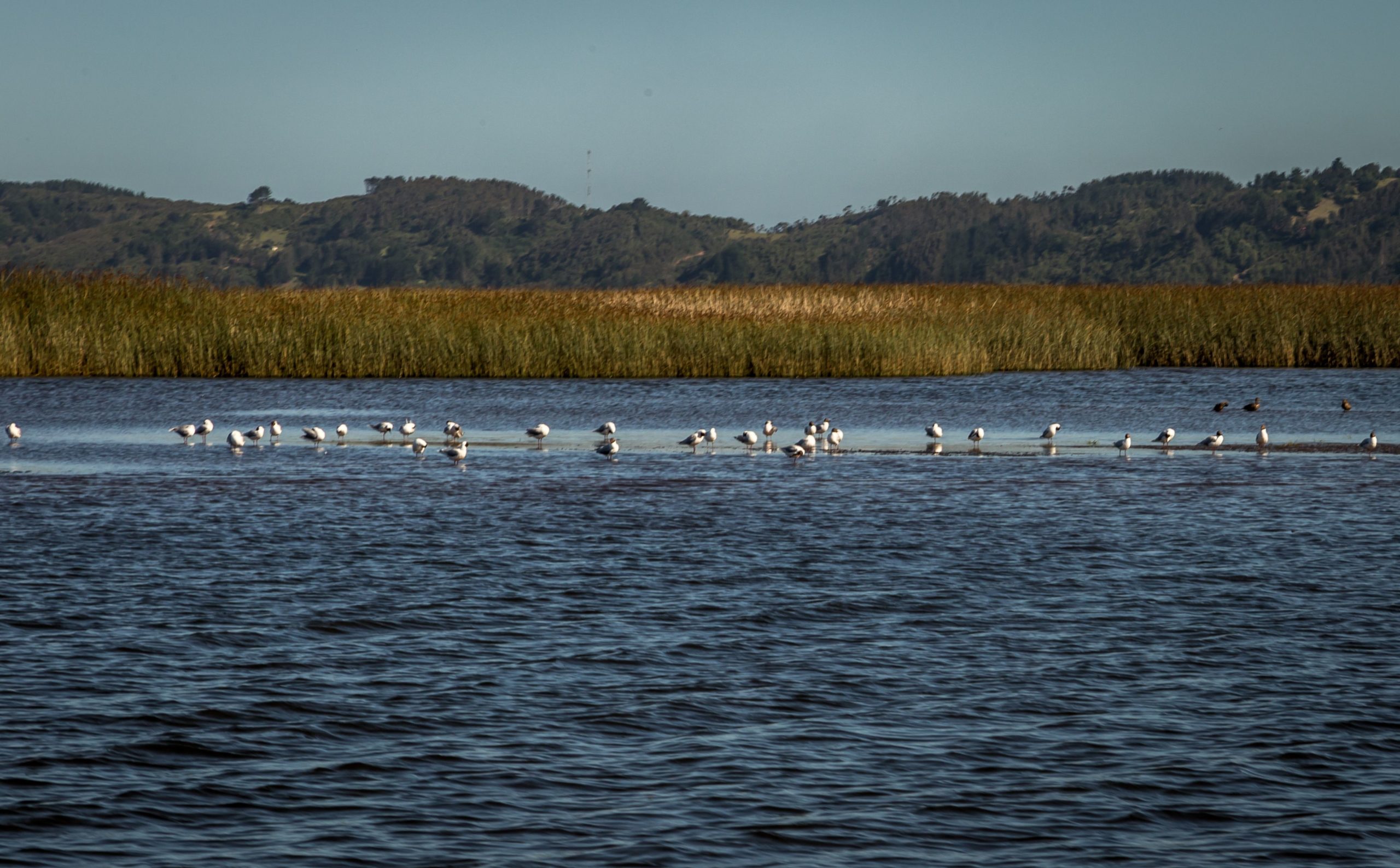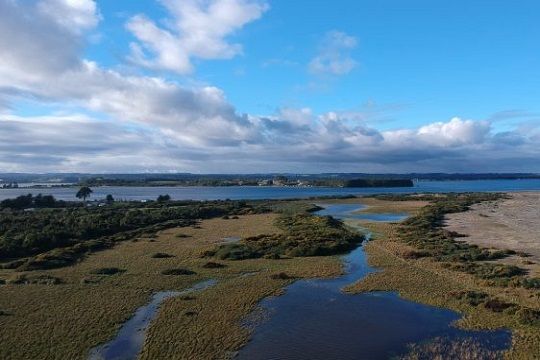5 wetlands to discover in Chile


They are the richest and most productive natural ecosystems on the entire planet, and according to the latest inventory carried out by the Ministry of the Environment, Chile has more than 500 thousand hectares of wetlands. Have you visited them?
Wetlands are being lost at an alarming rate. With a reduction of 35% worldwide since 1970, it is the most threatened ecosystem on our planet. They disappear three times faster than forests, generally because of agriculture and climate change.
To raise awareness, take action and educate about this unfortunate reality, in 1997 the first treaty related to the conservation of wetlands was signed. Since then, every February 2, the signing of The Ramsar Convention on Wetlands is commemorated with World Wetlands Day.
Vital for humans and nature, despite covering only 6% of the Earth, they are the habitat of 40% of all plant and animal species. And among their multiple functions, they are crucial for the fight against climate change. Sufficient reasons to become aware and take responsibility for their care.
These are 5 wetlands throughout Chile that you can protect and visit.

In the coastal area of the Atacama Desert, the driest desert in the world, there is a system of coastal wetlands that is listed as one of the 25 areas with the greatest biological biodiversity in the world. They are humid ecosystems in a semi-arid area, functioning as a center of high concentration and diversity of birds. The most important of them is the Huasco River Mouth Wetland (258 hectares), estuary type, a sector of semi-salt waters (that is, fresh and salt water), which generates an exchange of special nutrients for the expression of species that make it up: 168 fauna and 69 flora. Examples? Swans, herons, coots, mammals, rodents and reptiles, as well as reeds, to name a few.

This wetland is located just one kilometre from the Port of Coquimbo. It is easy to see it when you walk along the city’s coastal avenue, but it is striking how close it is to urban buildings, which pose a threat to its conservation. It covers an area of 53 hectares, which was recently recognized as a “site of regional importance” by the Hemispheric Network of Shorebird Reserves. As in the coastal wetland habitats of La Serena and Coquimbo, more than 170 species of birds have been recorded. Furthermore, it is a call to urgently create protection measures for these sectors, where the presence of the pilpilén bird (classified as almost threatened) is abundant.

Considered one of the most important ecosystems in central Chile, this estuary-type wetland was neglected for decades, but fortunately it was rescued and transformed: first into a park and then into a Nature Sanctuary. Rio Maipo Wetland Park was created to responsibly protect 40 hectares of this place and, in addition, design a system to receive visitors. Located between the cities of Santo Domingo and San Antonio, it is home to some 180 species of birds, such as the seven-colored bird and the pilpilén, in addition to 63 species of flora, of which 41% are endemic. Thanks to the current administration of Cosmos Foundation, your visit is highly attractive since it has an infrastructure designed especially for this space. They have created walkways, viewpoints and an interactive tour that respects the natural environment. More information at www.humedalriomaipo.cl

A huge network of wetlands (more than 7,500 hectares) is located in the commune of Toltén in the Araucanía region. These are swamps, estuaries, lagoons and meadows, and at least 76 native species live in them. At the mouth of the Queule River, this wetland has a rich diversity where the presence of birds once again stands out. In one of its last monitoring sessions, the black-necked swan, the great jergón duck, the Dominican gull and the little tagua were recorded, while among the migratory species the curved-billed curlew, the Franklin’s gull and the Chilean swallow stand out. An ideal place for those who enjoy bird watching.

Belonging to the Eastern Wetlands of Chiloé, the complex of wetlands formed by the Maullin River on the island of Chiloé, is one of the few wetland systems that make up an aquatic biological corridor between Andean lacustrine ecosystems and the Pacific Ocean. Listed as a Nature Sanctuary since 2019, its 8.152 hectares are legally protected, due to its important value for the conservation of aquatic biodiversity, both nationally and internationally. Its habitat is ideal for at least 152 species of wild birds, of which 17 are migratory. Among them, the presence of Chilean flamingo, categorized as vulnerable, stands out mainly. Here it is also possible to find swamp forests, which constitute unique forest formations in Chile, one of the most threatened habitats in the country.
As you can see, achieving sustainable management of one of the most threatened ecosystems on the planet is essential for the conservation of wetlands and their resources. Opting for products committed to sustainability, such as Gran Reserva Carmenère, is part of the change too. Are you up for it?
We comply with the highest standards of verified social and environmental performance, transparency, and legal responsibility to balance benefit and purpose.
We adopt an Impact Business Model, creating beneficial links between business, community, and environment.
The Gran Reserva vineyards are an important part of the project to conserve native forest areas and protect local biodiversity. Our native forests have the ability to retain rainwater and control the kind of climate change that results from water shortages.
We take care of 1,432 hectares of protected forests and, on average per vineyard, a total of 105 species of fauna and 48 species of registered flora.
Our effort to preserve nature begins with responsible water consumption. 99% of the water we use comes from surface and subterranean sources.
Our vineyards are drip irrigated, which translates to a 90% efficiency on water consumption, and over the past 3 years, we’ve reduced our water footprint by 10%.
All of our winemaking processes require the use of energy. Our choice to invest in clean, renewable energy reflects our desire to co-create a sustainable planet for the future.
100% of the electricity used to make the wines in the Gran Reserva collection come from renewable sources, including solar energy.
Concha y Toro has been certified under the Wines of Chile Sustainability Code since 2012, which means that our vineyards are officially recognized as sustainable vineyards.
The wines in our Gran Reserva collection are crafted entirely from estate-owned grapes in sustainably managed vineyards.